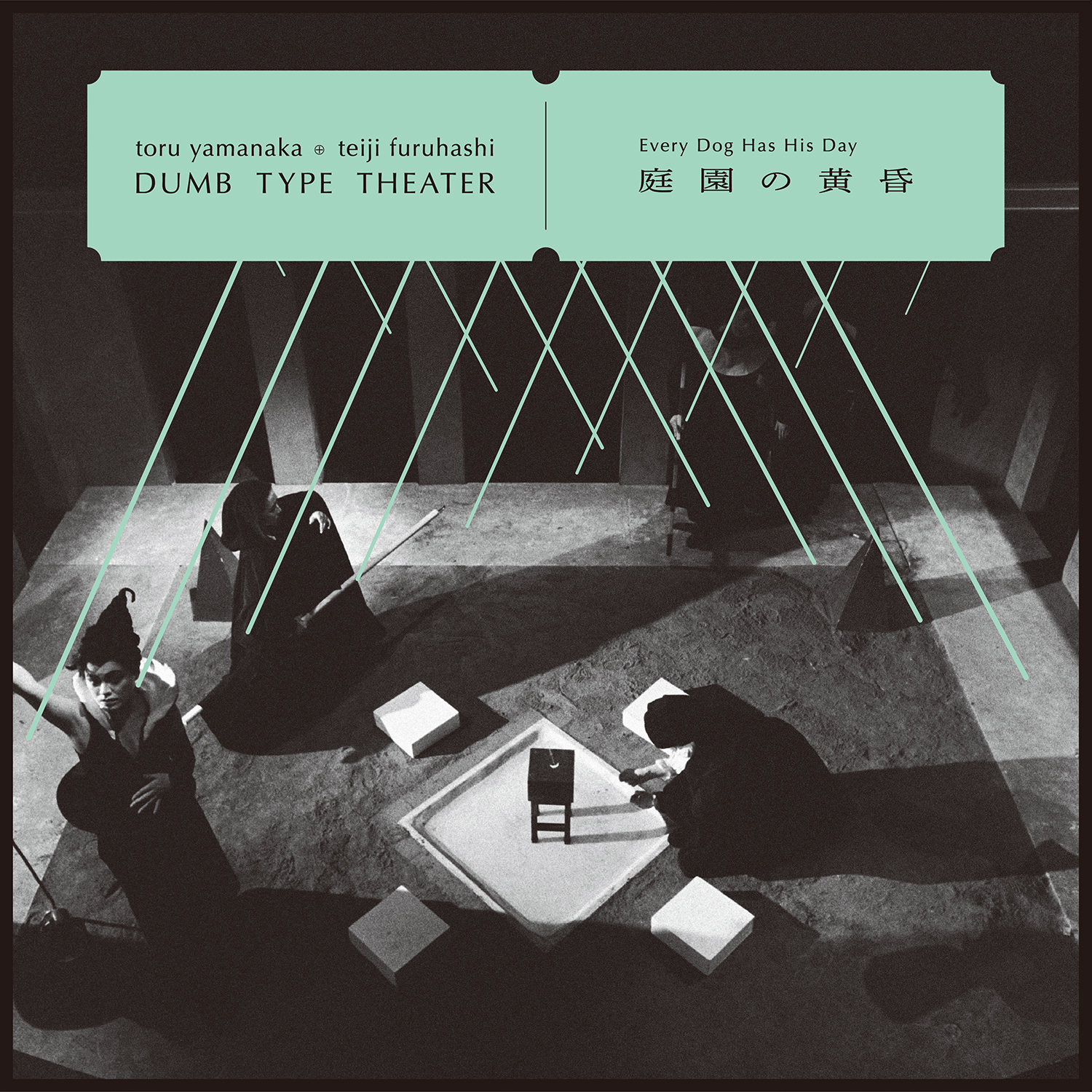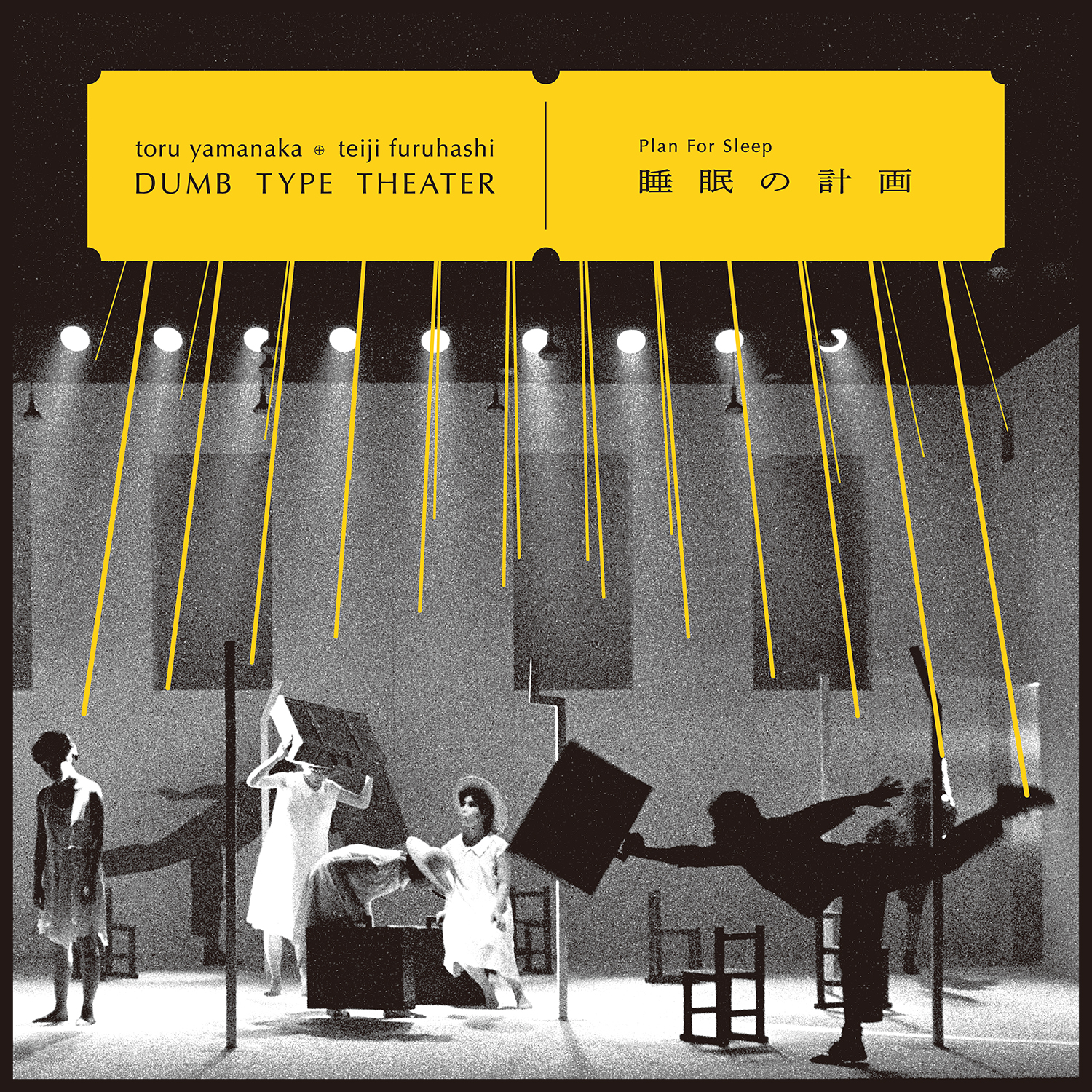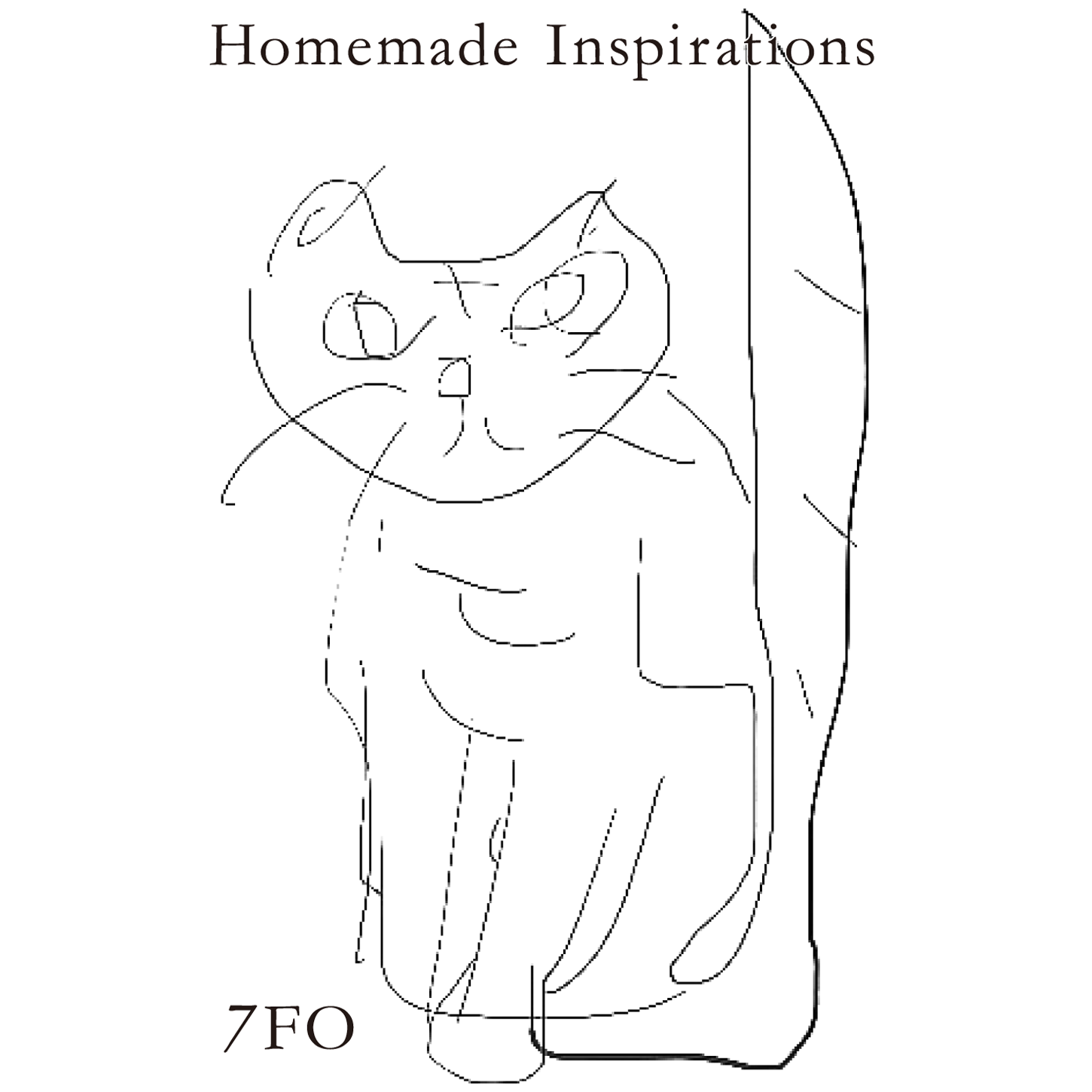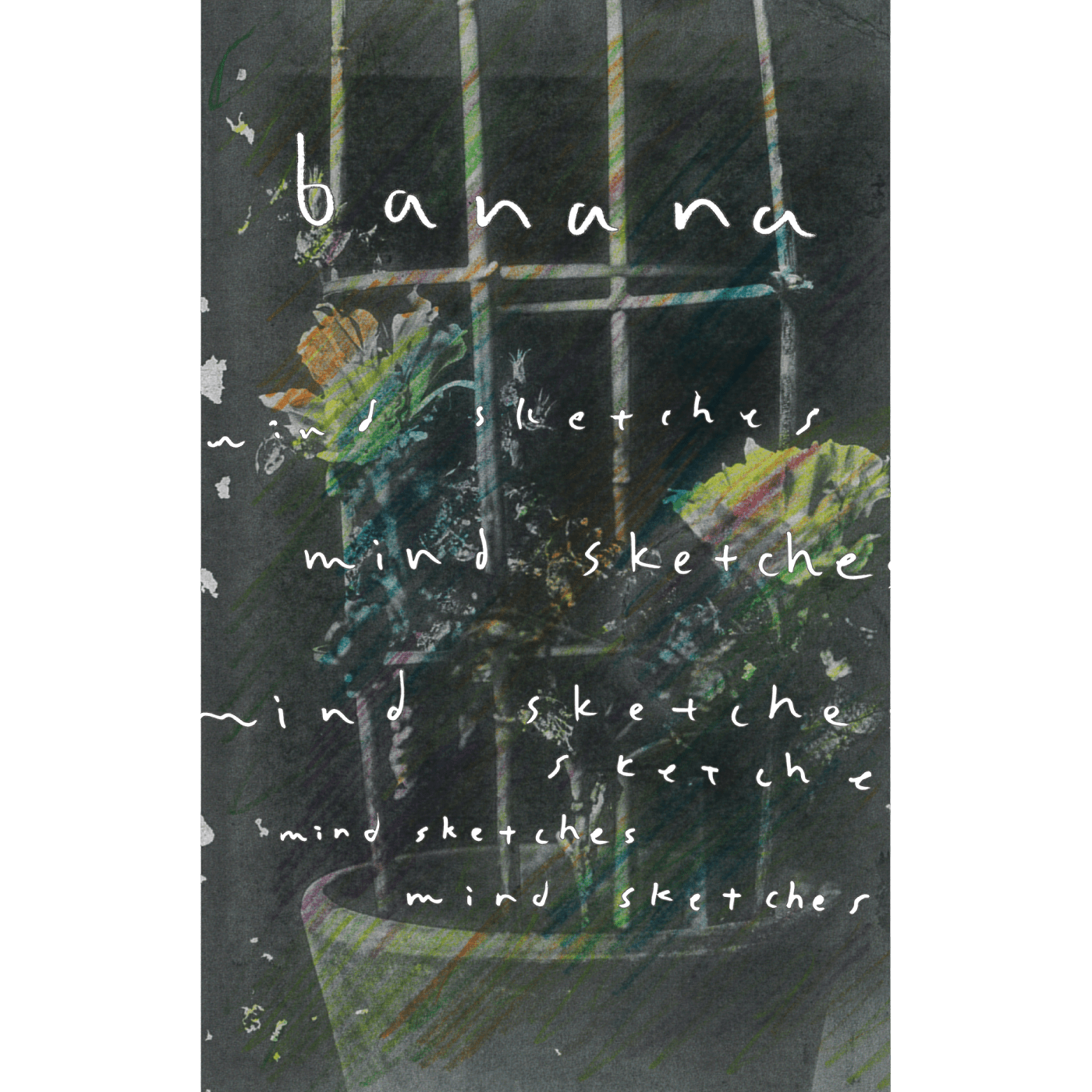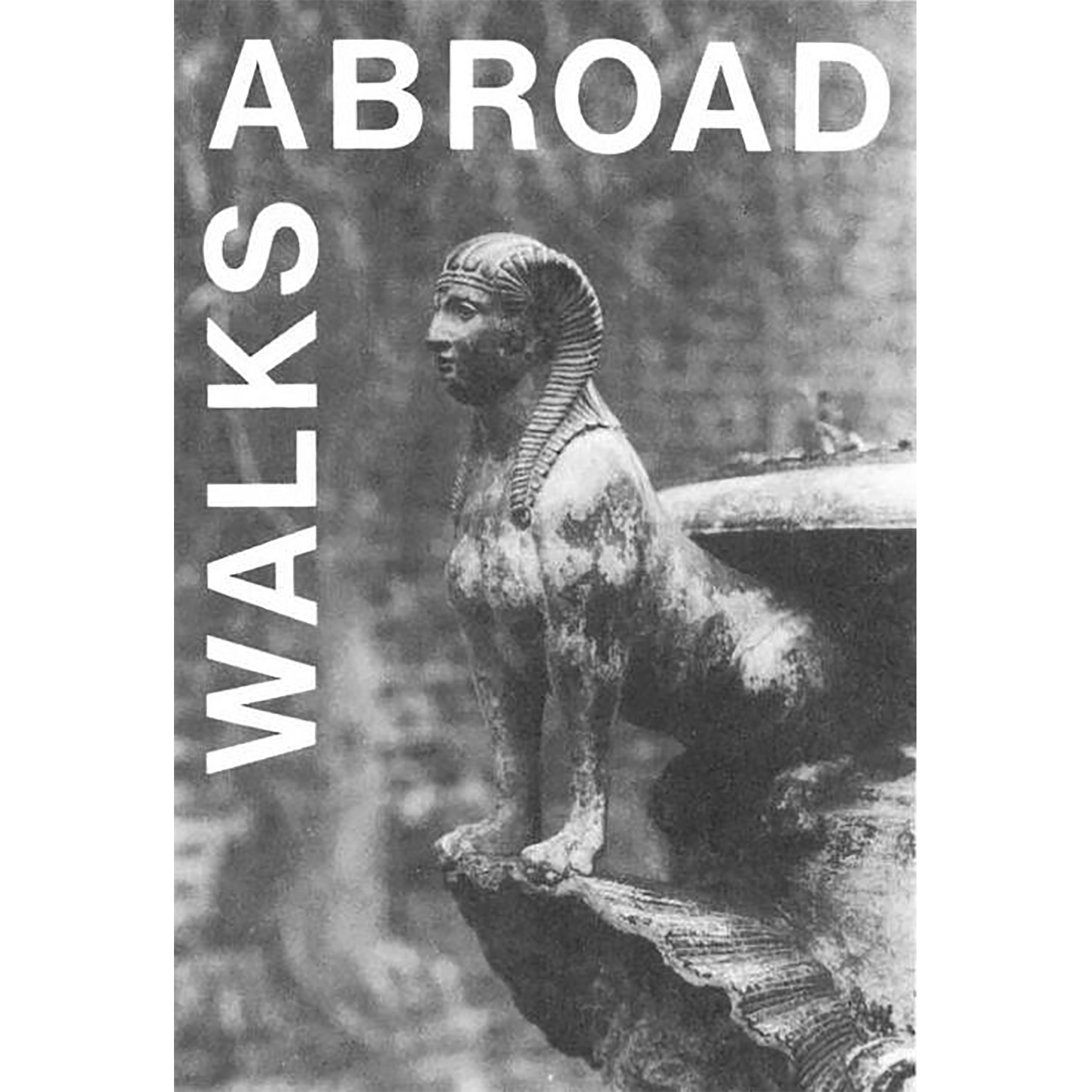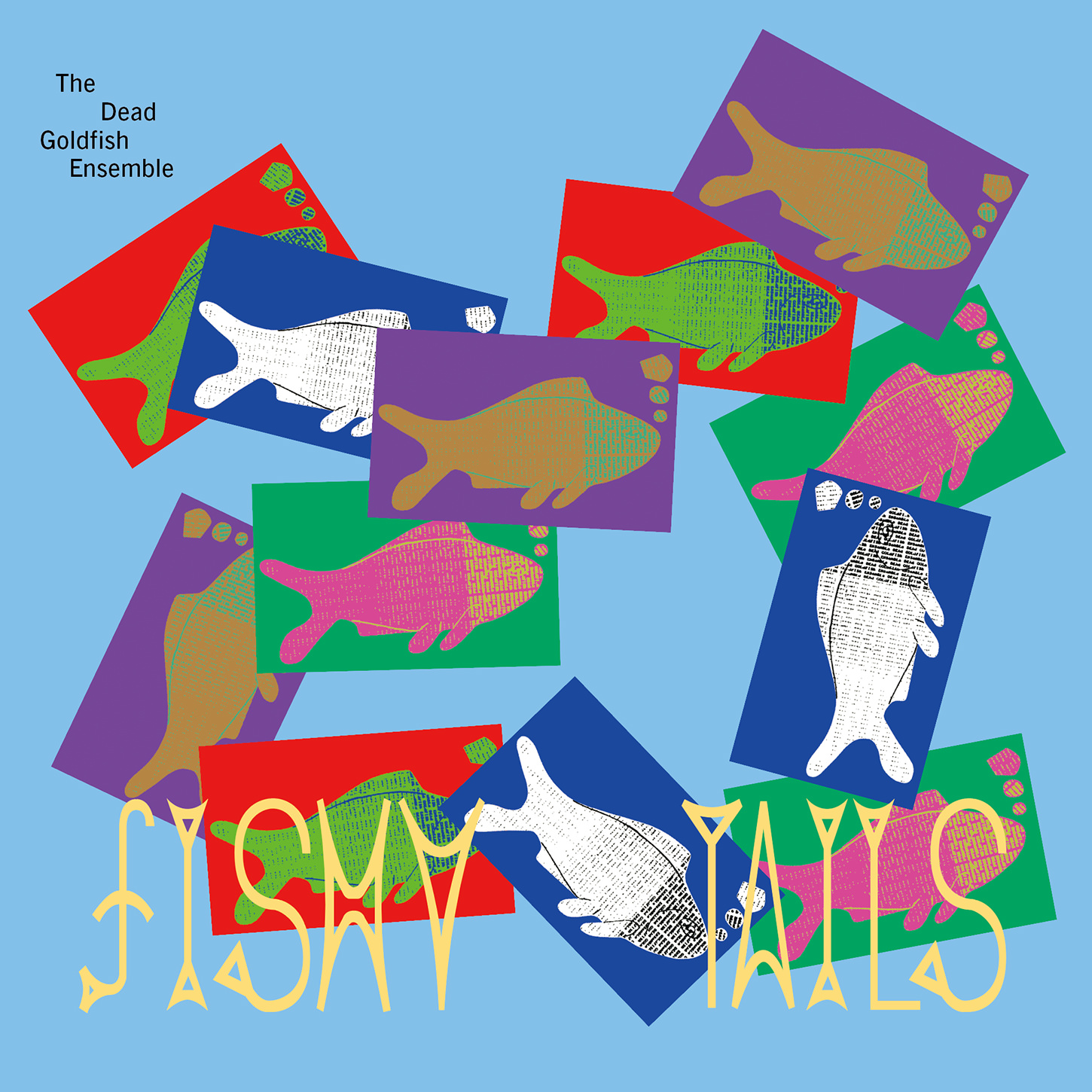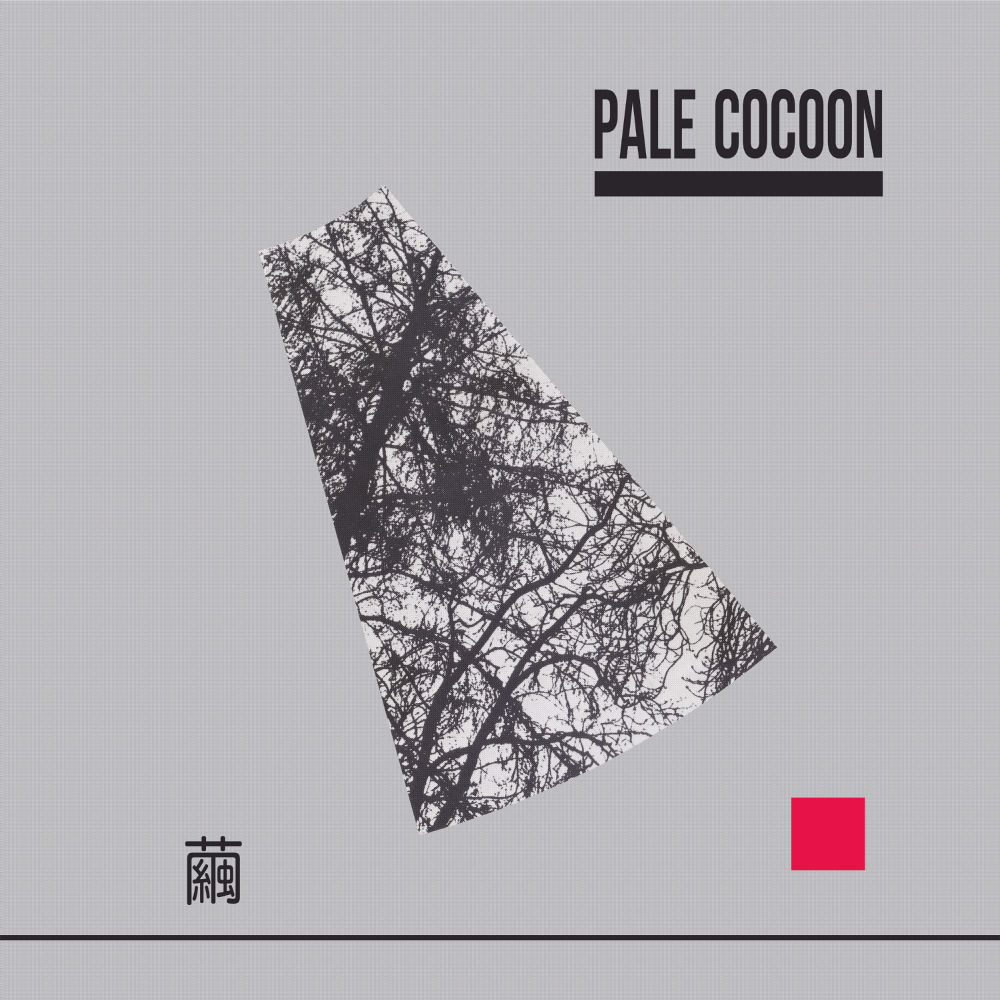CATALOG
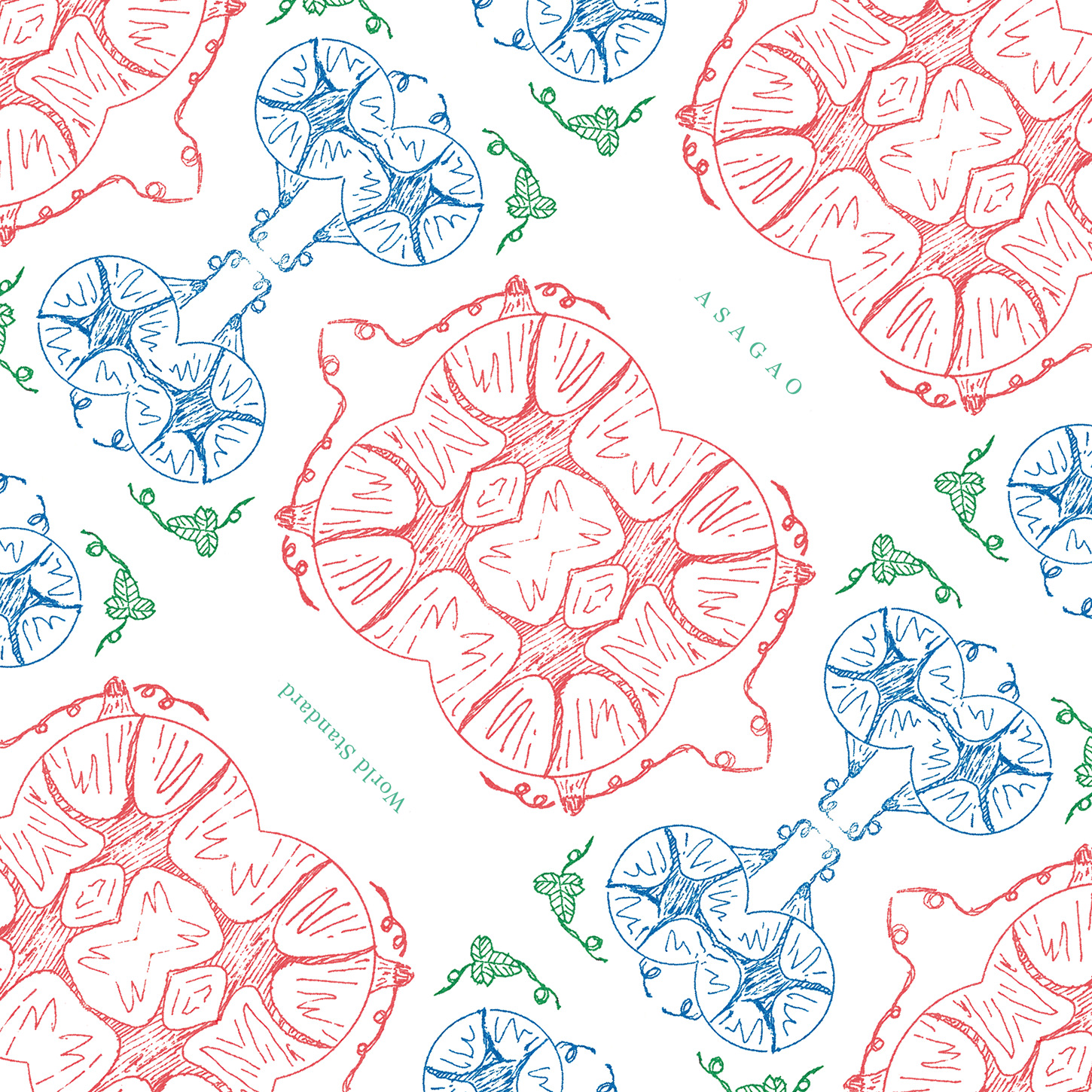
3,080yen
TRACKLIST
Side A
1. 「麦秋」: Wheat Harvest
2. 「夜会(ソワレ)」: Soiree
3. 「西は西」: West is West
4. 「プリマ」: Prima
5. 「カナリヤ」: Canary
Side B
1. 「苺」: Strawberry
2. 「砂の水」: Sand Water
3. 「森」: Forest
4. 「曲芸」: Acrobatics
5. 「帽子とステッキ」: Hat and Walking Stick
6. 「ハンカチで汗を拭え」: Wipe Sweat With a Handkerchief
1982年、春から夏へと向かう季節。ふたりの若者が青春時代の一時期を費やして、1本のカセットテープの録音に明け暮れていた。その年の3月から"世界の標準"を意味するグループ名「ワールドスタンダード」を名乗り始めていたふたり、鈴木惣一朗と児島路夫。
東京西荻窪にあった児島の実家の一室で、2台のカセットデッキのピンポン録音を駆使しながら制作されていたその音楽は、鈴木が部屋で爪弾くギターやマンドリン、ウクレレを中心に、廊下を隔てた日本間に置かれていた児島のアップライトピアノが時おり加わった。さらには、浴室のエコーの鳴りを使って録られたパーカッションや、おもちゃのピアニカやラッパ、段ボールでこしらえたドラムが楽器として用いられるなど、子供のような無邪気さと実験精神に溢れた、思いつく限りの創意工夫が試された。演奏の背後でつけっぱなしのテレビの音や、さりげない生活音までもが彼らの音楽の一部として紛れ込んだ。楽しげな演奏を聞きつけ、同居していた児島の祖父母が襖を開けて録音の様子を見学に来ることもあった(ふたりはそのまま、老夫婦にお昼御飯をご馳走になったりもした)。
テープを回し幾度も繰り返し音を重ねて行くうち、若者たちは、この世のどこか遥か遠い国のフォークロアのようなその響きを、東京の街の片隅で自分たちだけが傍受することに成功したような気持ちになって、大いに興奮した。
80年代の東京のサブカルチャー・シーンを席巻していたテクノポップ、ニュー・ウェイヴの季節にあって、彼らが奏でるアナログでアコースティックな音色は、どこかノスタルジックな時代への情緒を湛えたものだった。エッジーで未来的なシンセ・サウンドに対し、彼らが懸命に音の中に描き出そうとしていたのは、モノクロのヨーロッパ映画のスクリーンの中で見た景色や、東京の街から次第に失われつつあった古き良き日本家屋の縁側の風景への憧憬の念だった。D.I.Y.、ベッドルーム・レコーディングという言葉すら無かった時代。鈴木と児島は1本のカセットテープの中に、懐かしくて新しい、まだ誰も聴いたことのない大衆音楽の誕生を夢見た。
本作品『あさがお』は、1985年、NON-STANDARDレーベルから細野晴臣プロデュースにより『World Standard』でデビューする以前に制作された幾つかのカセットテープの最初の作品。メンバーの友人たちの間で配布された他、前年から放送が始まっていたNHK–FM「サウンド・ストリート」(火曜パーソナリティー:坂本龍一)デモ・テープ特集への応募、カセット・マガジン「TRA」、アルファ・レコード/YENレーベルなどへ送られたものも併せて20本程度がダビングされて出回った。
当時の曲順のまま手を加えることなく、リマスタリングによって蘇った音源が、レコード盤として初めて世に出ることとなる。
『あさがお』のマスタリングは原真人。オリジナル・カセットのデザインを横山雄が再構築、インサートを含む全てのデザイン及び構成も手掛けている。2020年9月発売予定。
- pianola recordsでご購入頂いた方に限り、鈴木惣一朗氏のサイン+ナンバリング入りのカード、ステッカーが付きます。
- 本作品はオリジナルのカセット・テープ音源を忠実にリマスタリングしています。そのため、一部ヒスノイズや音の欠損などがありますが、敢えて大きな修正は施しておりません。
1982, the season from spring to summer. Two young men in the peak of their youth, eager to immerse themselves in the recording of a single cassette tape.In March of that year, Soichiro Suzuki and Michio Kojima began to claim the group name “World Standard”.
The music was produced in a room in Kojima's parents' house in Nishi-Ogikubo, Tokyo, making full use of ping-pong recordings on two cassette decks. With the focus on guitars, mandolin, and ukulele played by Suzuki, Kojima's upright piano, which was placed in a room between Japan across the corridor, was occasionally added. In addition, percussion was recorded using the echoes of the bathroom; toys such as pianica and trumpets, and drums made of cardboard were used as musical instruments.In the background, the sound of the TV and the subtle sounds of everyday life were intentionally mixed into the music. Listening to the delightful performance - Kojima's grandparents, who he lived with, occasionally opened the sliding doors and came to see the boys recording. They would even have lunch together from time to time.
As they repeated their recordings while the tape turned, the young men felt like they succeeded in intercepting the soundscapes of the world - like a folklore in a far-off distant country to one corner of the city of Tokyo. They were so excited.
In contrast to the techno pop and new wave sensations that swept the musical subcultures of Tokyo in the 80's, the analog and acoustic sounds they played were somewhat nostalgic. Instead of edgy and futuristic synth sounds, they intentionally tried to portray in the sound the scenery captured on the monochrome screen of an old European movie, and the Japanese houses of the 1950s where they were born and raised. They yearned for the landscape on the veranda. D.I.Y. - a time when there was no word for bedroom recording. Suzuki and Kojima dreamed of nostalgic, new, popular music that no one had heard on cassette.
This work, "Asagao", is the first cassette work in a series of several demo tapes produced before the debut of "World Standard" (produced by Haruomi Hosono from NON-STANDARD label in 1985). In addition to being distributed among the members' friends, copies of the cassette tapes were sent to NHK-FM “Sound Street” (Tuesday personality: Ryuichi Sakamoto) - a demo tape special that had started broadcasting from the previous year, as well as cassette magazine “TRA” and Alpha/YEN labels who dubbed and passed out about 20 copies of the cassette. The original tape was restored by remastering, without changing the order of the songs at that time, and will be released for the first time on vinyl LP.
"Asagao" was remastered by Masato Hara. The cover was redesigned by Yu Yokoyama from the original design of the cassette, and all other design work and configurations, including the inserts, are also handled by Yu Yokoyama. Scheduled to be released in September 2020.
- Only those who purchased with pianola records will receive a signature, numbering, and a sticker by Sohichiro Suzuki.
- This work faithfully re-masters the original cassette tape sound source. Therefore, there are some hiss noises and some missing sounds.

